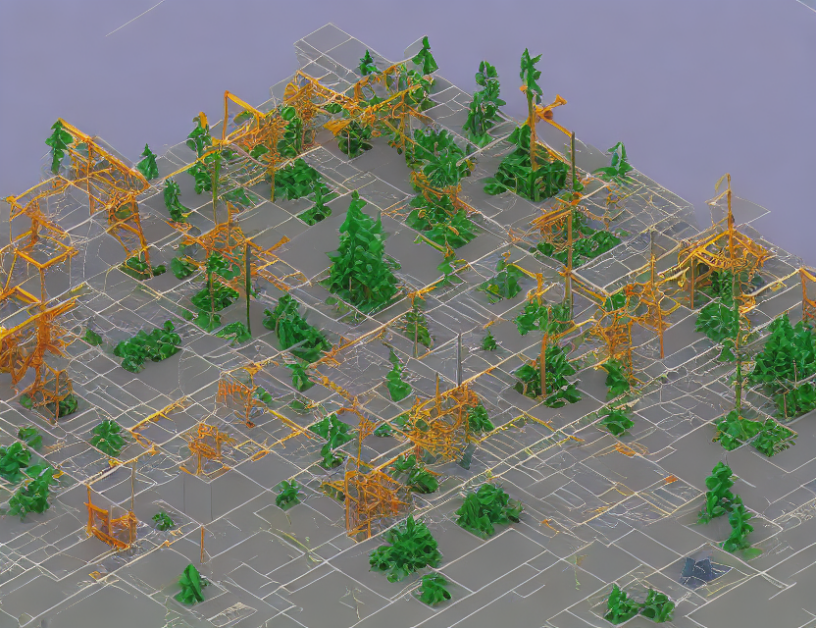In this paper, we explore a new approach to understanding logical truth by "deconstructing" the traditional term model in model theory. This involves breaking down the model into smaller, more manageable pieces called "fragments" of bounded complexity. Each fragment represents a different level of the theory, with a limited number of terms involved in each level. By stacking these fragments on top of each other, we create a complete and consistent model for the original theory, which we call the "canonical Esenin-Volpin model."
The key insight here is that this fuzzy model captures the graded nuances of the logical world in a more realistic way than traditional models. In the past, logicians have struggled to represent complex logical structures using simple binary truth values (i.e., true or false). By introducing fuzziness into the model through the use of fragments, we can better capture the subtleties and nuances of logical reasoning in a more gradated sense.
To illustrate this point, imagine trying to describe a sunset using only two colors: black and white. While this would be possible, it wouldn’t do justice to the complex and gradual transition from light to dark that we experience in real life. Similarly, traditional binary logic doesn’t capture the full range of logical possibilities, leading to a simplistic view of the world.
Our investigation sets the groundwork for further exploration into more general and flexible notions of truth propagation, which could potentially lead to even more sophisticated models of logical reasoning in the future. Ultimately, this work demonstrates the power of fuzzy logic in capturing the subtleties of logical world and provides a new tool for understanding graded nuances of truth.
The Feasibility Conundrum in Computational Complexity Theory



